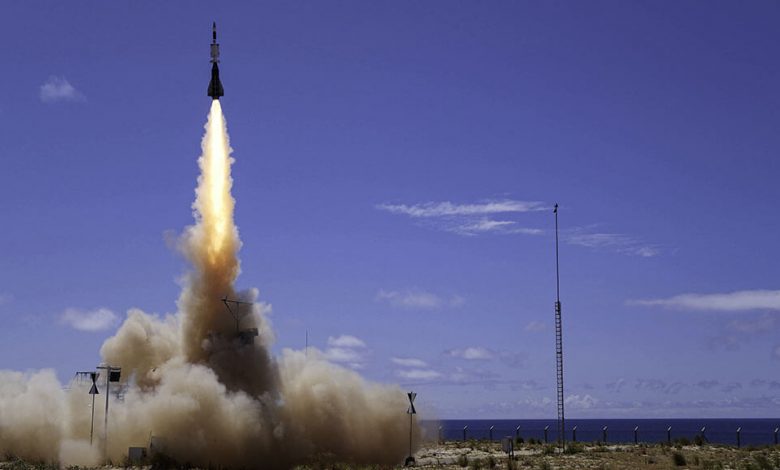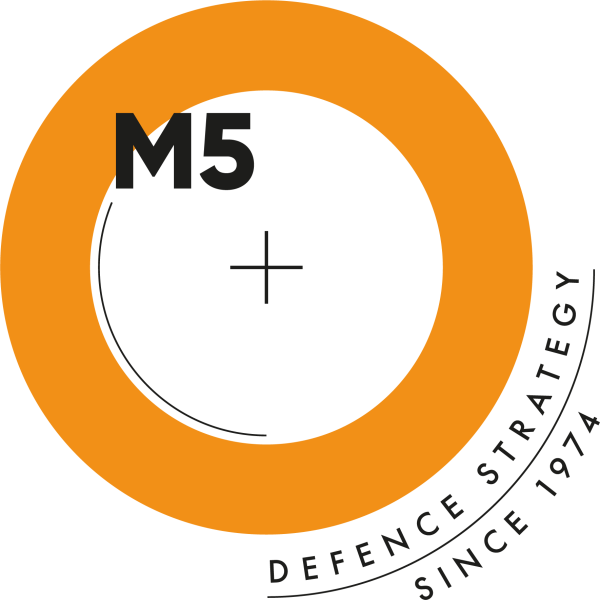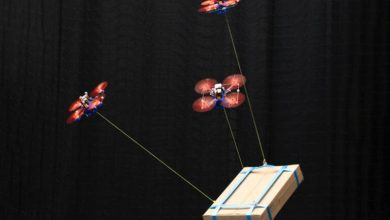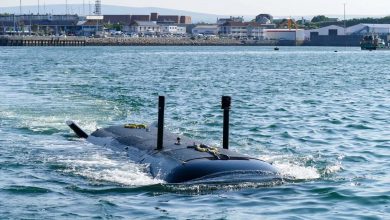France Validates Extended-Range Aster 30 B1NT Missile in Second Launch

France has conducted a second successful test of the Aster 30 B1 New Technology (B1NT) surface-to-air missile, confirming its extended range and enhanced interception capability.
The launch, building on an October 2024 trial, took place at the Essais de Missiles range in southwestern France under the OCCAR-led trilateral air defense program with Italy and the UK.
The demonstration validated the missile’s ability to engage targets at expected range and higher altitudes, improving performance against unpredictable, low-signature, and high-speed threats, including ballistic and hypersonic missiles.
Aster 30 B1NT will arm the SAMP/T NG next-generation medium-range missile system, which integrates Leonardo’s Kronos Grand Mobile High Power radar, upgraded command-and-control, and enhanced data fusion.
The SAMP/T NG mobile system can be prepared in under 30 minutes, a multi-function radar capable of detecting and identifying targets over 350 kilometers (217 miles), an engagement module, and up to six launcher modules with eight-missile slots each.
Once approved, the Aster 30-SAMP/T suite will be equipped on Paris and Rome’s naval platforms, including the Horizon-class frigates, with additional distribution across the French Air and Space Force, Italian Army, and Italian Air Force.
MBDA, which produces the Aster family, said in the Essais de Missiles test’s announcement that Aster missile output has risen 500 percent to meet European demand and replenish stockpiles.
“This firing is a great achievement for the bilateral ASTER B1NT and SAMP/T NG programmes managed by OCCAR,” said Eurosam, a joint venture between MBDA France, MBDA Italy, and Thales.
“Thanks to the dedication and professionalism of Eurosam, MBDA and Thales teams, OCCAR, and experts…this success is an important step forward for the development of these new cutting-edge Air Defence assets.”
About the Aster 30 B1NT
The Aster 30 B1NT measures 5 meters (16 feet) in length, weighs 450 kilograms (992 pounds), and has a diameter of 180 millimeters (7 inches).
It has a range of 150 kilometers (93 miles), an operational altitude of 25,000 meters (82,020 feet), and a speed of up to Mach 4.5 (5,557 kilometers/3,453 miles per hour).
The weapon features a radar guidance seeker system, upgraded guidance algorithms, and high agility through aerodynamic control and thrust-vectoring.





